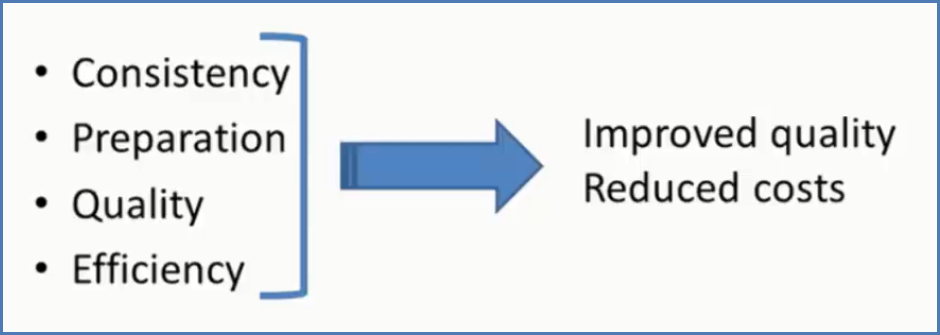An Enpr-EMA introduction to clinical research networks

Dr Mark Turner, Chair of the European Network for Paediatric Research at the European Medicines Agency (Enpr-EMA), presented an introduction to clinical research networks with case studies as part of Partnerships in Clinical Trials Digital Week. We've picked out the key takeaways - read them below or watch the full webinar presentation, as well as six other on-demand webinars here.
As well as being Chair of Enpr-EMA, Dr Mark Turner is also a Neonatologist at Liverpool Women’s Hospital and the University of Liverpool, Director of Research at Liverpool Women's Hospital, and Co-Director of the International Neonatal Consortium. Working within clinical research networks is essential to his work and he is therefore well placed to explore how to make the most of the opportunities they offer in the clinical trial environment.
Dr Turner defines clinical research networks as 'groups of sites that have constant, consistent governance arrangements between them, which lead to the consistent application of ways of working across multiple studies.' Additionally, he sees them as being available to all Sponsors and all intermediary organizations such as CROs.
Such an approach has obvious benefits. Put simply, clinical networks 'increase the benefits that come from doing clinical research, and reduce the costs'. Dr Turner goes on to explain that 'the key benefit comes from economies of scale, whereby everyone is doing something in similar ways across multiple specialties, multiple companies and multiple intermediaries, which means we can avoid redundant effort.'
This means that in a functioning network, sites can offer consistent approaches. Each one will have a limited number of business relationship managers and a limited number of contracts to negotiate, meaning they have to spend less time working with diverse external organizations. As Dr Turner explains, 'this is a win-win situation that speeds up trial setup and optimizes trial delivery'.
Case studies - NIRH CRN and Enpr
In his presentation, Dr Turner explores case studies of two networks working well and bringing positive results.
The development of the National Institute for Health Research Clinical Research Network (NIHR CRN) in England has seen steady increases in the number of new commercial studies opened in England. Dr Turner explains that 'this is in contrast to our fears 10 years ago when people were worried that trials would move to other parts of Europe, to the Middle East, to India or China.' In paediatric trials, the numbers are even more impressive, with 42% of all first global recruits to industry studies in 2013/14 in England.
Dr Turner explains that the reason behind these figures is the high performance that the network can offer. For example, the network has also been able to drive down the time it takes to open a study from 120 days in 2010/11 to just 26 days in 2013/14.
The second example he uses is the European Network for Paediatric Research at the European Medicines Agency (Enpr-EMA), which is made up of nearly 50 networks from across Europe and North America. Dr Turner describes it as 'the beginnings of a one-stop-shop for people coming to Europe to work with different networks'.
In peadiatric trials, he emphasizes how networks can particularly help study design, particularly in children through a number of ways:
- Provide real-world data of incidence and feasibility
- Identify similarities and differences between adults and children
- Use adult data to minimize studies in children
- Support the use of extrapolation
- Offer evidence based assessments of standards of care which will help with dialogues with regulators
In the rest of the presentation, Dr Turner goes on to explore the best time and how to use networks most effectively, as well as the challenges that patchy development across different countries bring. CLICK HERE to watch the full presentation, as well as six other on-demand webinars from the Partnerships in Clinical Trials Digital Week.
